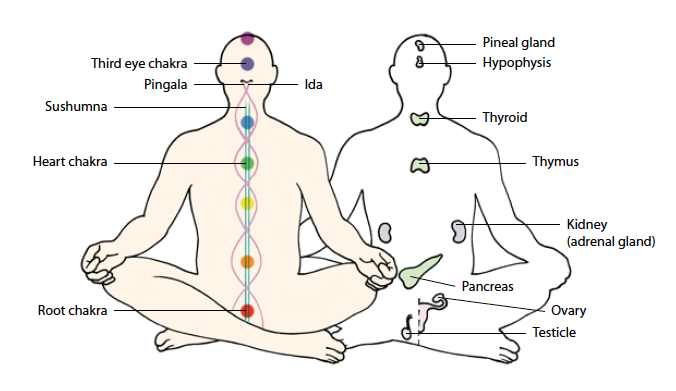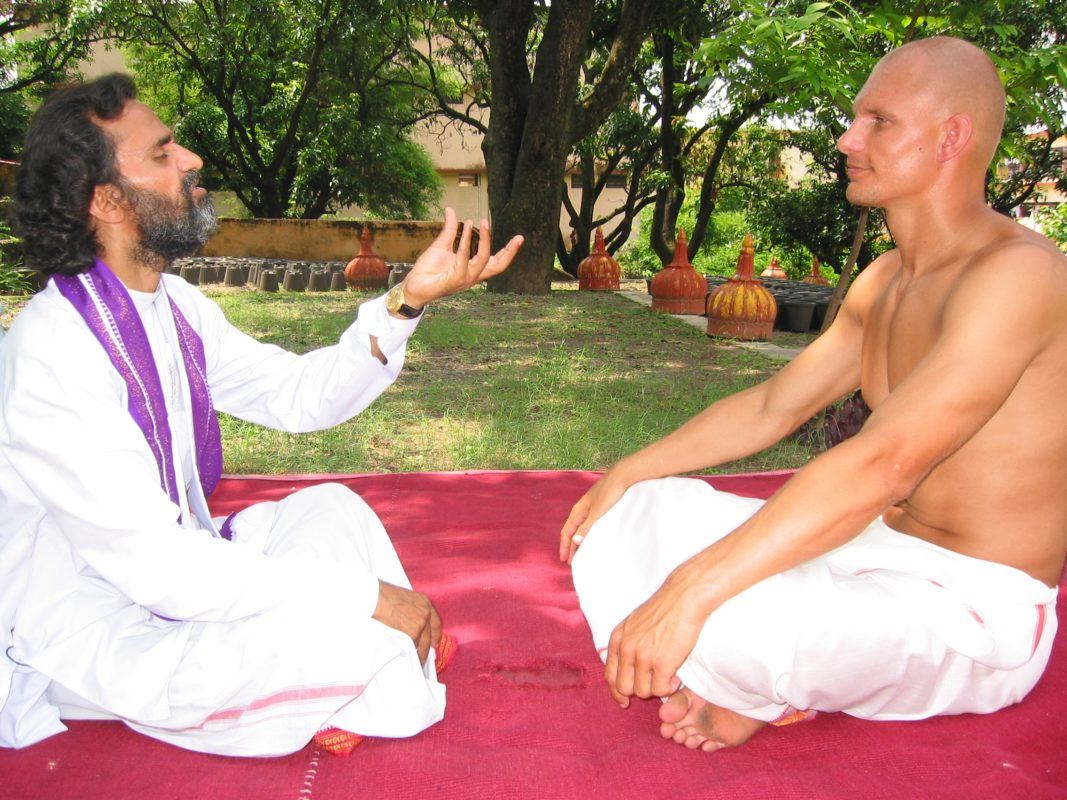Articles
Breathwork and Yoga
Why is there so much focus on the breath in yoga? What is the link between yoga and breath, and why is it so important?In a typical yoga class, we are generically instructed to consciously breathe, connect to our breath, breathe deeply, retain our breath, etcetera. What impact does the breath have on us, and our yoga practice?It is said that if you breathe 15 times per minute, you will live to 75 or 80 years. If you breathe 10 times per minute you will live to 100. The speed at which you breathe will dictate the length of life. If you breathe fast, your life will be shortened…Think about that for a moment and what it means to your habits, how you process information, the speed at which you eat and drink, how concentrated and focused your thoughts are…Breathing consciously is the essence of yoga as it assists us in connecting with the subtle and etheric energy within. Yoga is all about union and the responsibility of self. It is through the breath that we are able to navigate different levels of consciousness and sense our inner states of faith and connection. Moreover, breathing consciously has a biological effect on our mental, emotional, and physical state.Firstly, connecting with your breath is a method for being present. When you concentrate on each aspect of the breathing process, you automatically become present; you let go of the past and future and are focused on the moment inside the breath. This is why breathing consciously is its own meditation. But this is just the beginning of why conscious breathing is important.When you breathe consciously you activate a different part of your brain. Unconscious breathing is controlled by the medulla oblongata in the brain stem, the primitive part of the brain, while conscious breathing comes from the more evolved it expands into areas of the brain in the cerebral cortex. Consciously breathing sends impulses from the cortex to the connecting areas that impact and manage emotions. Activating the cerebral cortex has a relaxing and balancing effect on the emotions. In essence, by consciously breathing, you are controlling which aspects of the mind dominate, causing your consciousness to rise from the primitive/instinctual to the evolved/elevated.As your yoga practice deepens you will be changing the breathing pattern and learn to produce different states of mind. Slowing down the breath has an impact on your emotional state.Breath controls the body, mind, and emotions. In the ancient yoga texts there are descriptions of energy channels or “nadis” in fact in these texts it is stated there are 72,000 nadis, or channels where the subtle energy flows throughout the body. Of the 72,000, there are 3 that are the most important: Ida, Pingala, and Sushumna.The Ida Nadi begins at the Muladhara Chakra, courses through the chakras and ends in the left nostril. Ida is aligned with the moon energy and has a calming and cooling effect.The Pingala Nadi originates at the Muladhara Chakra, courses through the chakras and ends in the right nostril. It is associated with the sun energy and has a heating effect.The Sushumna Nadi is the central channel. This is the nadi that the Kundalini (electric spiritual) energy travels. It is associated with balance.
 During the course of the day, the left and right nostril alternate in which one dominates. This is accomplished through erectile tissue in the nasal passage that inflates with blood to cut off, or reduce the flow of air. One of the nostrils will dominate based on your mental, emotional, and physical state. They alternate throughout the day. As they change over, the Sushumna is activated, but only for a couple minutes. The key is to activate Sushumna for a longer period of time. This is accomplished when both the Ida and Pingala are flowing evenly.
During the course of the day, the left and right nostril alternate in which one dominates. This is accomplished through erectile tissue in the nasal passage that inflates with blood to cut off, or reduce the flow of air. One of the nostrils will dominate based on your mental, emotional, and physical state. They alternate throughout the day. As they change over, the Sushumna is activated, but only for a couple minutes. The key is to activate Sushumna for a longer period of time. This is accomplished when both the Ida and Pingala are flowing evenly.Prana And Pranayama
In yoga we learn to control prana, the vital force, through pranayama. We use the breath in pranayama to learn to control prana, but don’t confuse prana with breath. Prana is the energy that animates the lungs. It is NOT the breath. Using the breath is the easiest method for training prana. Once you are able to control prana through pranayama you are better able to control the movement of prana to other organs and areas of the body.The breath being the mode of pranayama, we focus on the three stages of respiration: inhalation (pooraka), retention (kumbhaka), and exhalation (rechaka). However, according to yogic texts, pranayama is retention. Inhalation and exhalation are methods for affecting retention.Kumbhaka, or retention of the breath has a physiological effect on the brain. First, it provides more opportunity for the cells to absorb oxygen, and eliminate more carbon dioxide. This has a calming effect on the mental and emotional body. In fact, scientific studies have proven that slight increases in carbon dioxide for a short amount of time reduce anxiety levels. However, it is only beneficial up to a certain level. Carbon dioxide becomes very harmful, even fatal at high levels.Furthermore, when the breath is retained, the brain panics because the carbon dioxide levels increase. Increased carbon dioxide levels stimulate the brain’s capillaries to dilate. In this way, more capillaries in the brain are opened up to improve cerebral circulation. This builds up an immense amount of nervous energy in the brain, forcing the creation of new neural pathways and the activation of dormant centers; the brain is activated and awakened!Basically, we can look at the breath like the oil in a car, prana as the gasoline, and the mind as the engine. By understanding their relationship to one another you are better equipped to navigate your life to a higher elevation and repair it when it breaks down. The yoga mat is just the starting point of your journey.Breatheology teaches techniques derived from the rich history of yoga, but also intertwines them with other variants of breathing and mindfulness to create a powerful framework that helps each individual achieve amazing and transformational results. We are inspired by all who take on the inward journey and work to heal and grow from the inside out.Practice your breathing techniques as often as possible. Being able to control your breath will deepen your physical practice dramatically, and will help you take each posture longer, deeper, and more healthfully.Breatheology Courses
Learn and master conscious breathing through our online breathwork courses. Discover how simple yet powerful breathing techniques can help reduce stress, improve your mental clarity, and boost your physical performance.
Free Breathwork Courses
Kickstart your breath training journey with our free, step-by-step breathing programs designed to help you improve lung capacity, manage stress, and build focus.
Advanced Breathwork Training
Take your breathing mastery to the next level with our advanced breathwork training programs. Build resilience, enhance your endurance, and unlock greater physical and mental performance.
